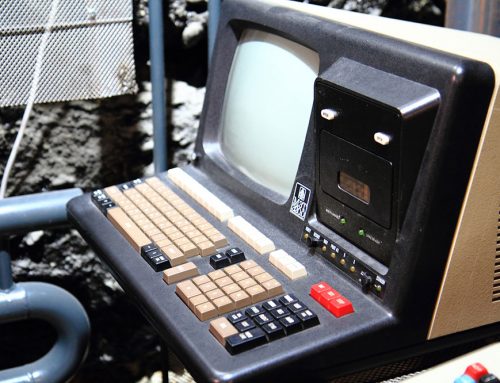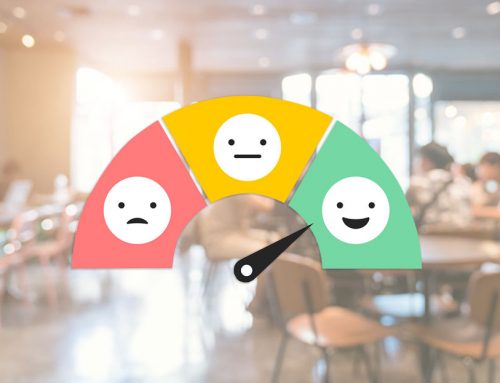If you’re anything like me, you live and breathe with your mobile phone practically attached to your body – as though it were an extension of your arms, down through your hands, and straight out your text-happy fingers!
Well, chances are, most of your community members are the same way! So, the question becomes, how can we make your community website a part of their daily habits and routines, just as much as, say, their social media accounts? (‘Cause, everyone checks all 937 social accounts before getting out of bed in the morning, right? It’s not just me?!)

Well, two key ways to do that:
- First, you need a mobile app, easily accessible through the App Store on their device, and downloaded onto their phone home screen;
- Second, fill the app with important stuff that updates regularly – things they want to know the minute they open their eyes in the morning!
I’ve done a lot of hands-on research with a variety of mobile apps (and not just the 17 versions of Sudoku I had to download before I found one that let me make a ton of mistakes without wrecking my high score!), and there’s just some things that keep me, as a user, coming back over and over again.
After many conversations with my municipal clients about what the most important things are for them, as well as taking into consideration content tracking on those same clients’ websites over the past few years, I’ve put together my three most important things to consider when adding a mobile app to your list of community resources.
1. Content is KEY!
It’s one thing to develop a flashy app, and interest people long enough to go through the process of downloading it, but even more important is how to make yourself an integral part of how they interact with you as their community.
You need to give them what they need so that they keep coming back!
Here are the 5 key components we recommend for our municipal client mobile apps:
- Report A Concern – as with any ‘client’ relationship, you want your residents to feel that they are being heard on those things that are important to them. The quickest and simplest way – give them the tools to instantly share their grievances. Details, locations, photos – all submitted within seconds!
- Alerts –those pesky important things that we all need to know: road closures, water main breaks, power outages, snow days for schools. The user can browse these directly on the app, as well as choose to have push notifications pop up for them immediately as they are posted.
- Weather – ahh yes, we all want to know just how many layers we have to put on before leaving the house. Feed your local weather and forecast for residents – no ads, or pesky popups getting their way like the bigger weather apps online today.
- Events Calendar – your app can automatically highlight all of the upcoming events in your community, linking to full details, including the client’s ability to sync the event to their mobile device calendar.
- Business & Community Directories – Need a new dog groomer? A pharmacy, school or hospital? How about where to take the Littles swimming on a cold day? Or (more importantly) need to know how far away you have to drive for your morning coffee with your eyes still partially closed? This tool is great! Share details on all of your local businesses, as well as your community services, right there at the tips of your residents’ fingers.
2. Keep it Simple!
A community app should be professional, clean, and easy to use. This means you want to look for one that is not cluttered with unnecessary buttons, links, dots, menus, and just junk, really. If it’s complicated, or takes too long to figure out, chances are, you’ll end up with more uninstalls than you want.
It’s important to use graphics and elements that are familiar to users as well. If you’ve had the “pleasure” of using both iPhone and Android interfaces (I put pleasure in quotations so that I can appear unbiased lol… people are passionate about their phone choices! If you can’t tell which one I prefer, then I’ve done my job and we can still be friends! Ha!), you know that the interfaces vary – slides, clicks swipes… they all respond differently depending on the device.
The simpler your app, the less frustrating it will be for the end user.
3. Keep it Current!
There’s nothing worse (ok, maybe that’s dramatic), than an information app whose last update was when Mable won the pie baking contest back in 1937 (ok, ok… now that was really playing up the drama – but, you know what I mean).
Your app should be as current as your website (because I know you all work really hard at keeping your websites current… right? ;o)
Ideally, if your app can auto-update, and push new data to your user’s phones automatically, the process becomes very easy – no additional admin work or extra training… just easy, simple and effective.
If your users see that your app is current, and constantly up to date, they are more likely to keep coming back, which is the ideal end result. Remember, it’s all about connecting with the community… the people, not just the geography.
If you want to know more about integrating an app with your website, contact me directly and I can review your current site with you. Then, we can make a plan for to get you online in the app world! It may be easier (and cheaper!) than you think!







